Text





jumping spiders and their babies
12K notes
·
View notes
Text

Uncaring
72K notes
·
View notes
Text
I just don’t get it. How can our society act so goddamned normal about seahorses. How can anybody so casually accept that that’s a fish???
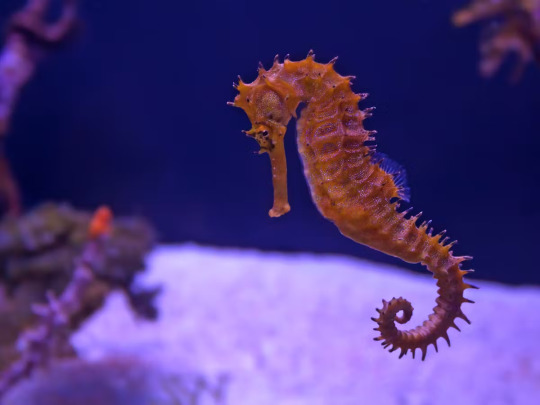
This is one of nature’s most anatomically perverse of all beasts. A FISH, like a carp or a bass or a beta is a fish, but it bent its body straight up only to bend its head permanently back down. It stretched its skull into a pipe. It tapered its tail like a lizard, specifically like a chameleon. It can also move its eyes independently by the way, you know, like a chameleon. Fun fact, it can change color to express its mood, like you know whatever does that. It doesn’t properly swim anymore. It buzzes its few remaining fins like an insect’s wings to float itself around at a snail’s pace. It lives its whole life clinging to coral branches or seaweed, which means it decided to become a “tree dweller�� in an environment where gravity didn’t even matter anyway. The males get pregnant. They make noises at each other by rubbing some of their neck bones together. Every day, EVERY DAY a mated pair does a little dance and a little neck bone song so they remember which two seahorses they were. They’re a beautiful precious obscenity. Nothing so adorable ever made such a strong case against a logical creator.
They have as little skin and meat as they could get away with. Their skeleton is almost all they are.
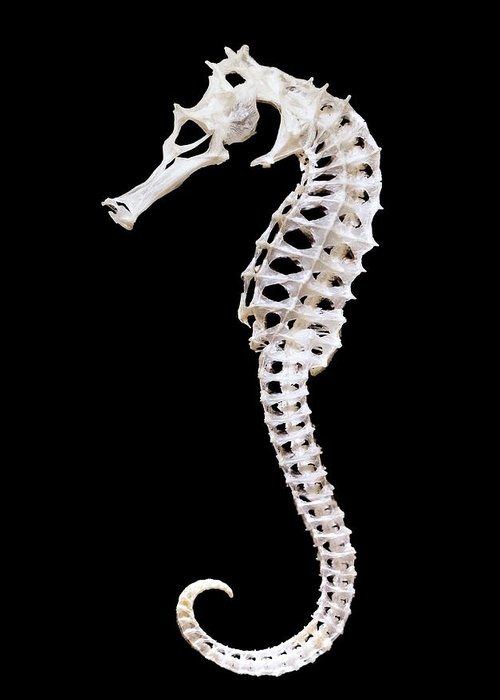
101K notes
·
View notes
Text
Pound for pound, this is the prettiest, shiniest, goofiest, happiest child one can find. One day you'll have a name, but for now you're just Mr Tutelina "Tufted" 💜
6/20/23. N. Florida
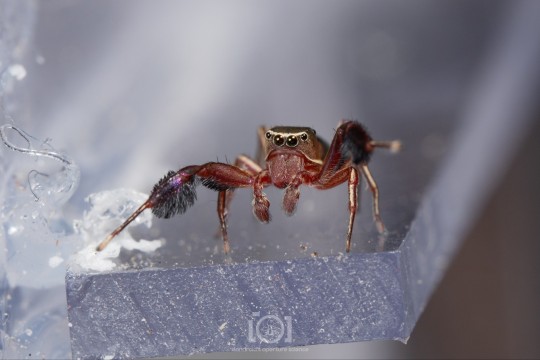

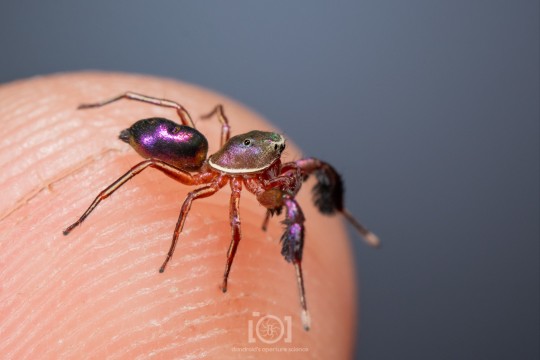
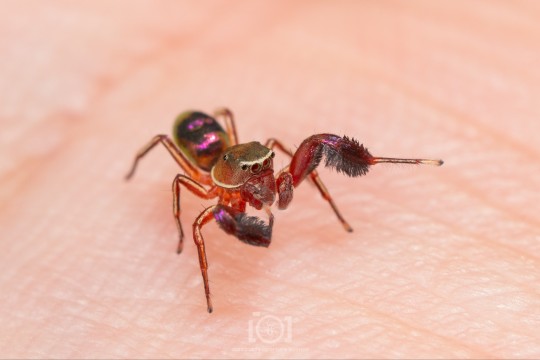


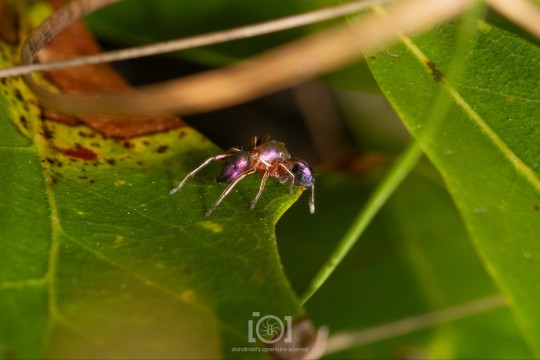
565 notes
·
View notes
Text
There were a lot of freshwater mussels on the 2021 US extinction list. They didn’t leave us with haunting recordings of them calling out for a mate they’d never meet, there were no drawings in vivid color. They were extremely important nevertheless and their loss is frustrating too. That’s why stream ecology and mollusks have always fascinated me. They were silent, stalwart little heroes and entire species were lost to pollution.
81K notes
·
View notes
Text
CRAB FEETS
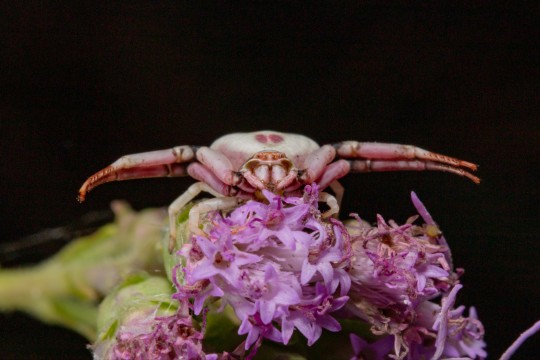
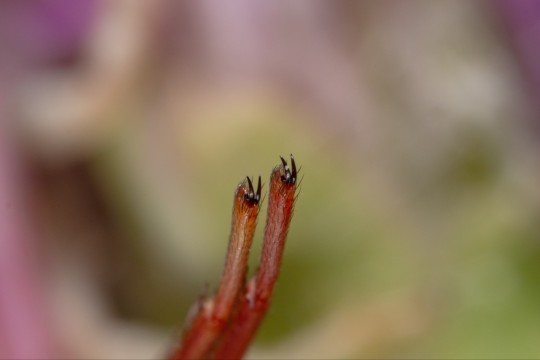
847 notes
·
View notes
Text
look at this
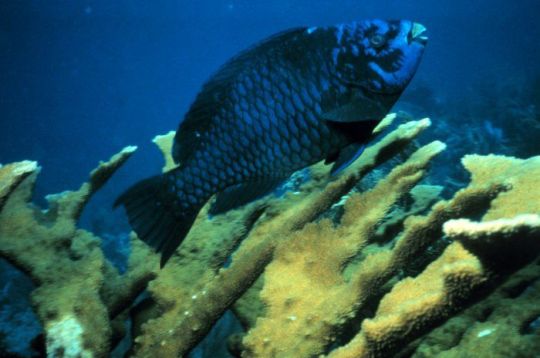
midnight parrotfish. 4 feet long. beak that can take a chunk out of you. the average parrotfish shits 700 pounds of white sand a year. thats 700 poinds per fish per year. just on average. they contribute greatly to sand bars, coastal beaches, and coral reefs. theyre ghe best fish ever. they have an additional set of teeth inside them to help grind up the limestone they ingest. because they just wanna eat the polyps! but they gnaw on that shig. wheres my fideo
youtube
look at this. that's stone. these motherfuckers can EAT yIur bones. and your fingers. but they are very sweet and just kind of horny and very pretty. there are 80 species of parrotfish that have been discovered thus far
steephead parrotfish
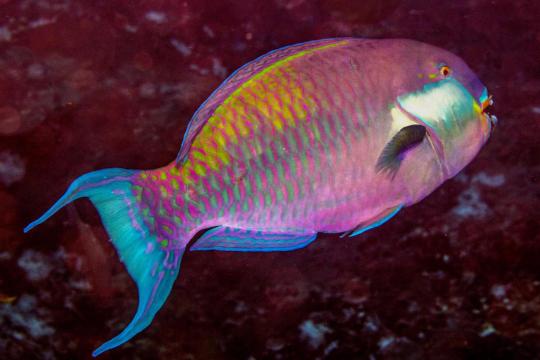
spectacled parrotfish
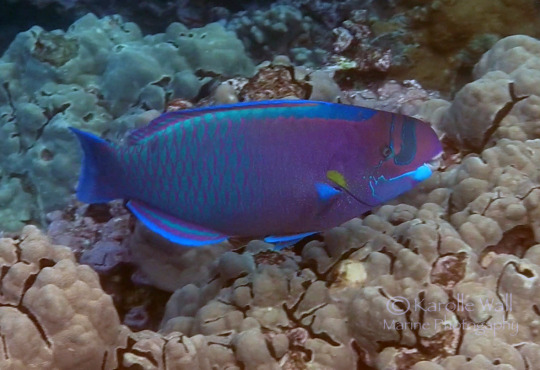
tricolor parrotfish
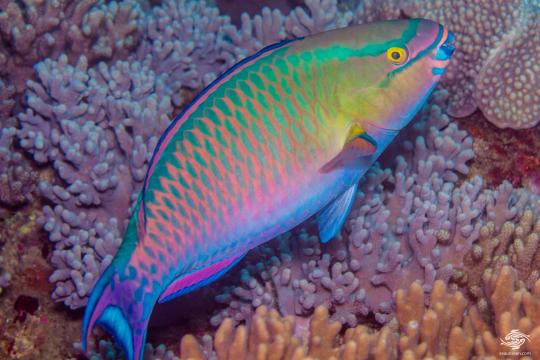
baby tricolor parrotfish

stoplight parrotfish
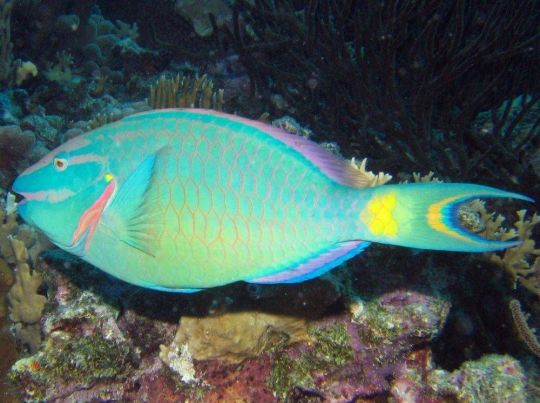
striped parrotfish
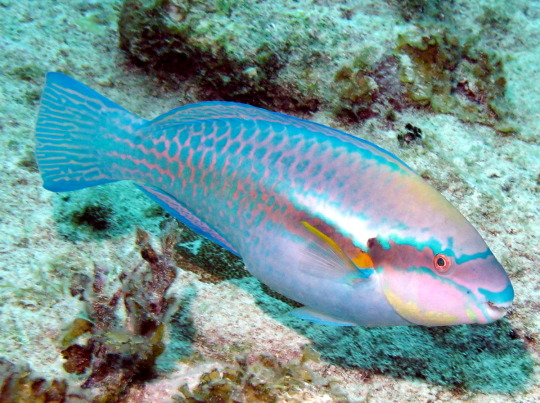
blue-barred parrotfish
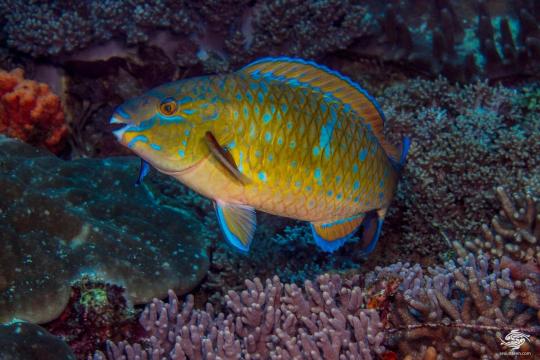
bluemoon a.k.a. black crescent parrotfish
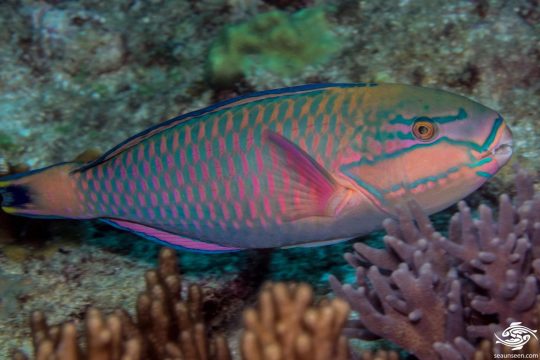
ember parrotfish

they are so beautigul
3K notes
·
View notes
Text
Get to know your local fireflies and help conserve them.
Xerces society is one of the best invertebrate conservation organizations around. Help them out by contributing to this project.
#firefly#bug#invertebrate#insect#fireflies#beetles#coleoptera#beetle#conservatio#wildlife#biodiversity
27 notes
·
View notes
Text
This Brazilian frog might be the first pollinating amphibian known to science
Nectar-loving tree frog likely moves pollen from flower to flower
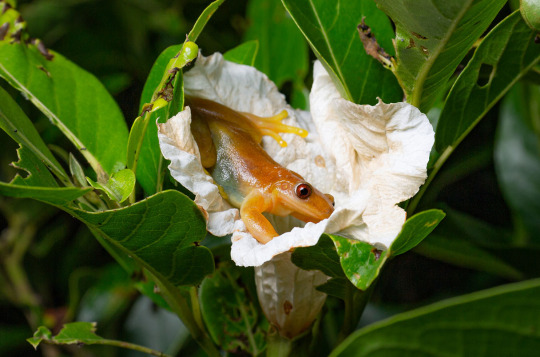
The creamy fruit and nectar-rich flowers of the milk fruit tree are irresistible to Xenohyla truncata, a tree frog native to Brazil. On warm nights, the dusky-colored frogs take to the trees en masse, jostling one another for a chance to nibble the fruit and slurp the nectar. In the process, the frogs become covered in sticky pollen grains—and might inadvertently pollinate the plants, too. It’s the first time a frog—or any amphibian—has been observed pollinating a plant, researchers reported last month in Food Webs.
Scientists long thought only insects and birds served as pollinators, but research has revealed that some reptiles and mammals are more than up to the task. Now, scientists must consider whether amphibians are also capable of getting the job done. It’s likely that the nectar-loving frogs, also known as Izecksohn’s Brazilian tree frogs, are transferring pollen as they move from flower to flower, the authors say. But more research is needed, they add, to confirm that frogs have joined the planet’s pantheon of pollinators.
Source.
7K notes
·
View notes
Text
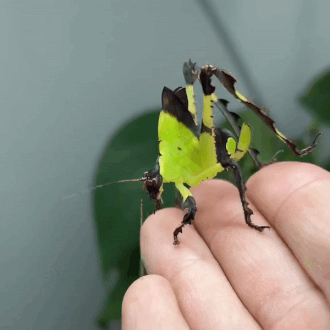

malaysian katydid (ancylecha fenestrata) | source
4K notes
·
View notes
Photo

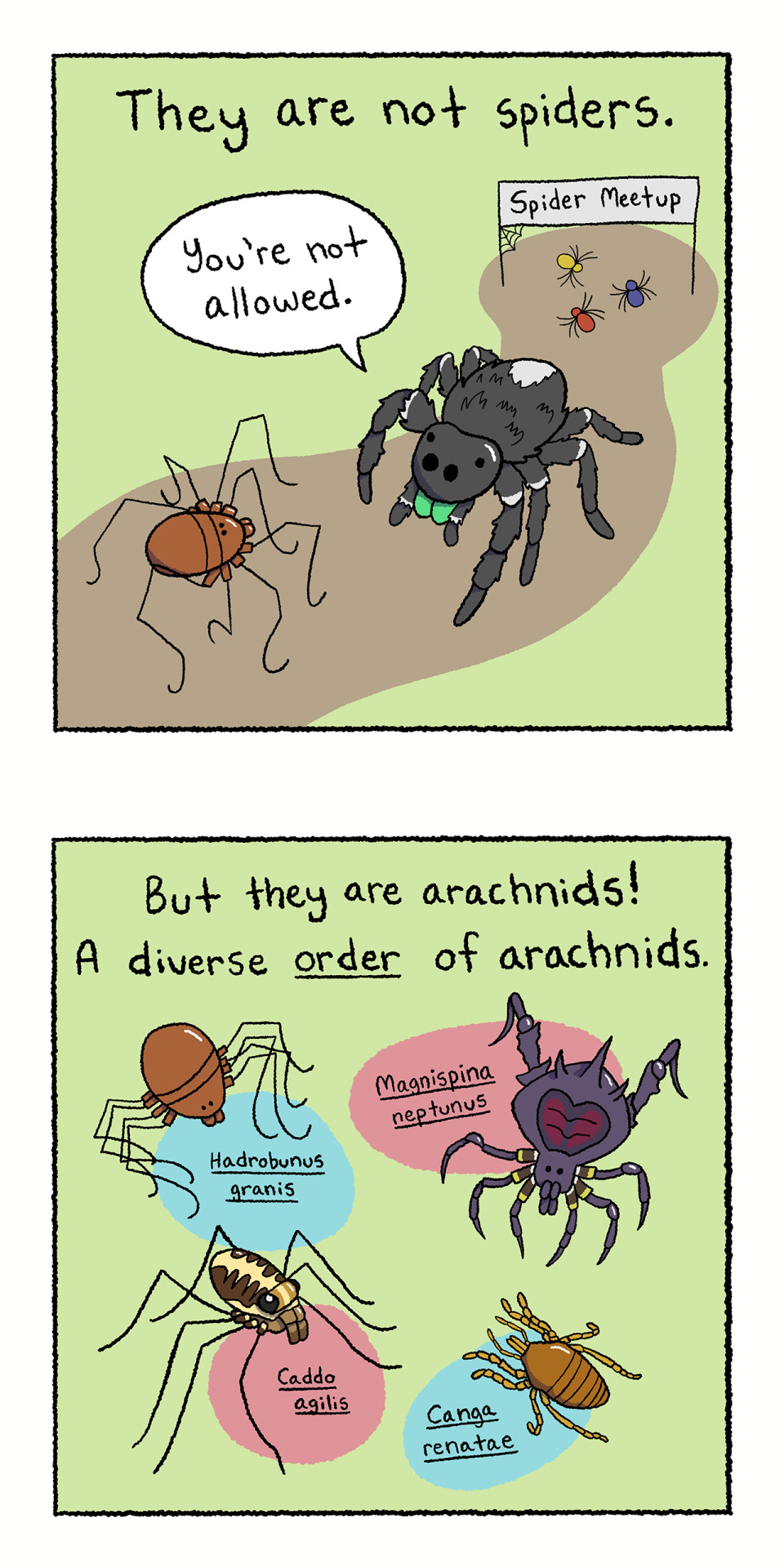
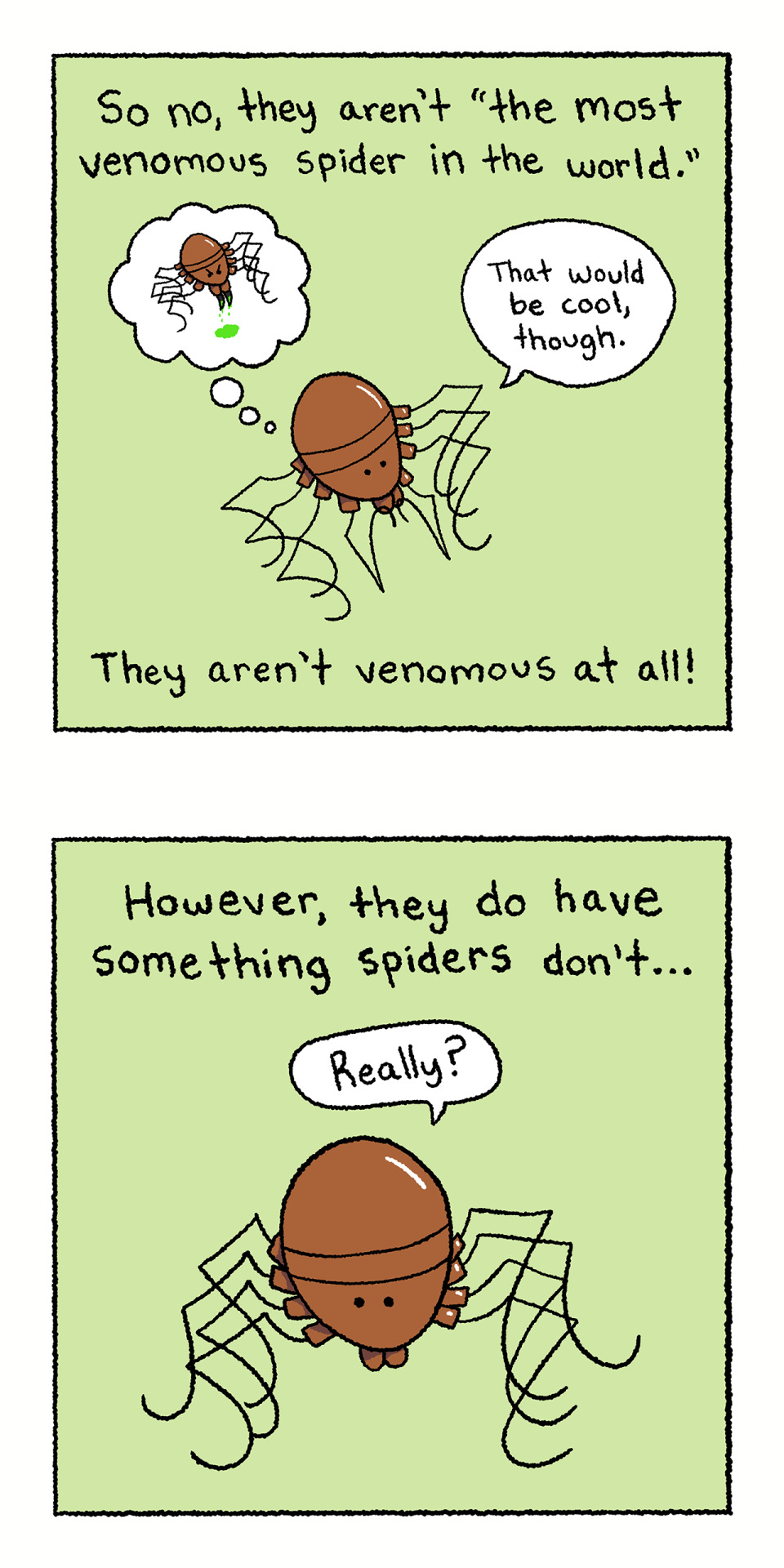
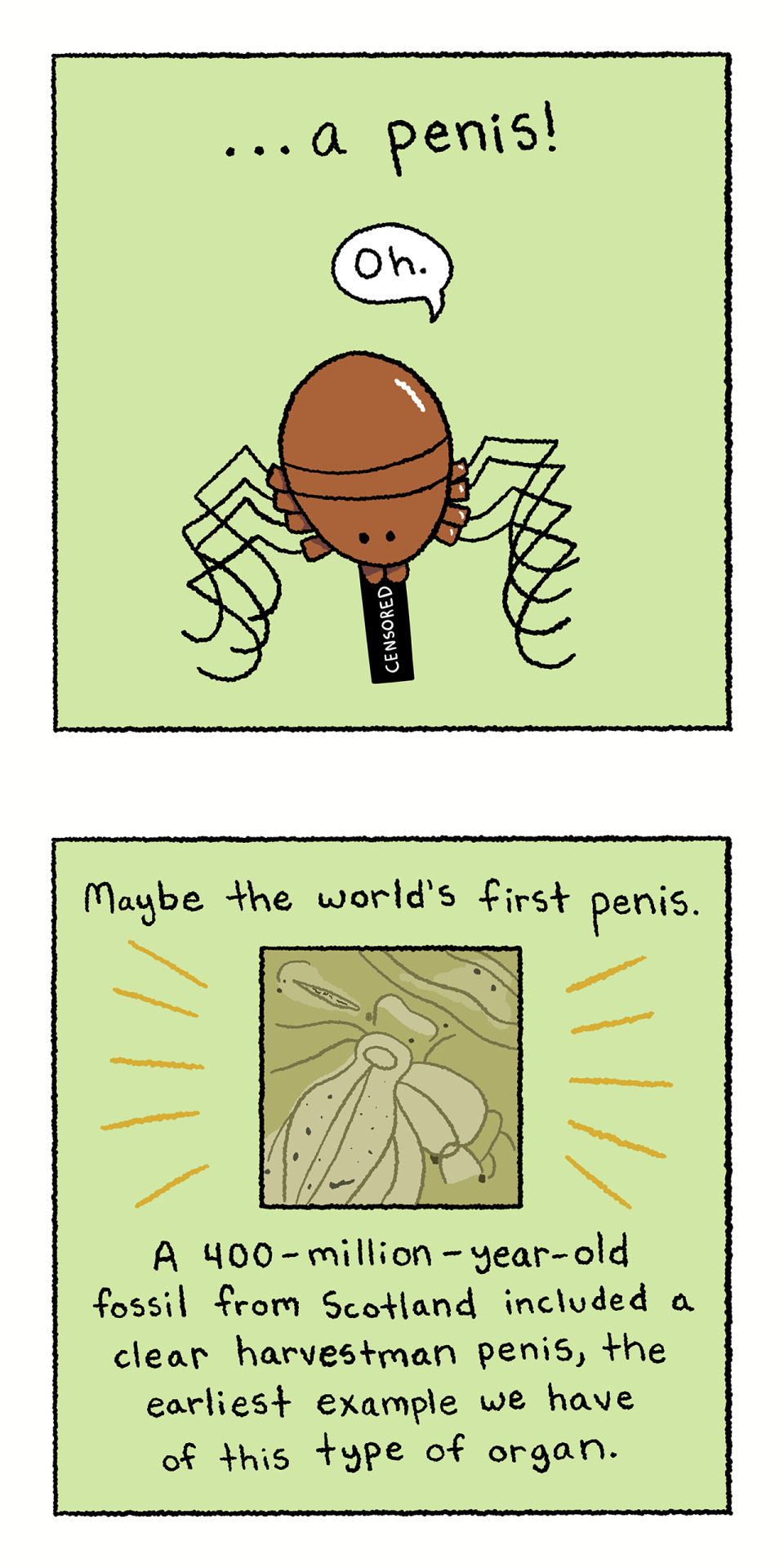
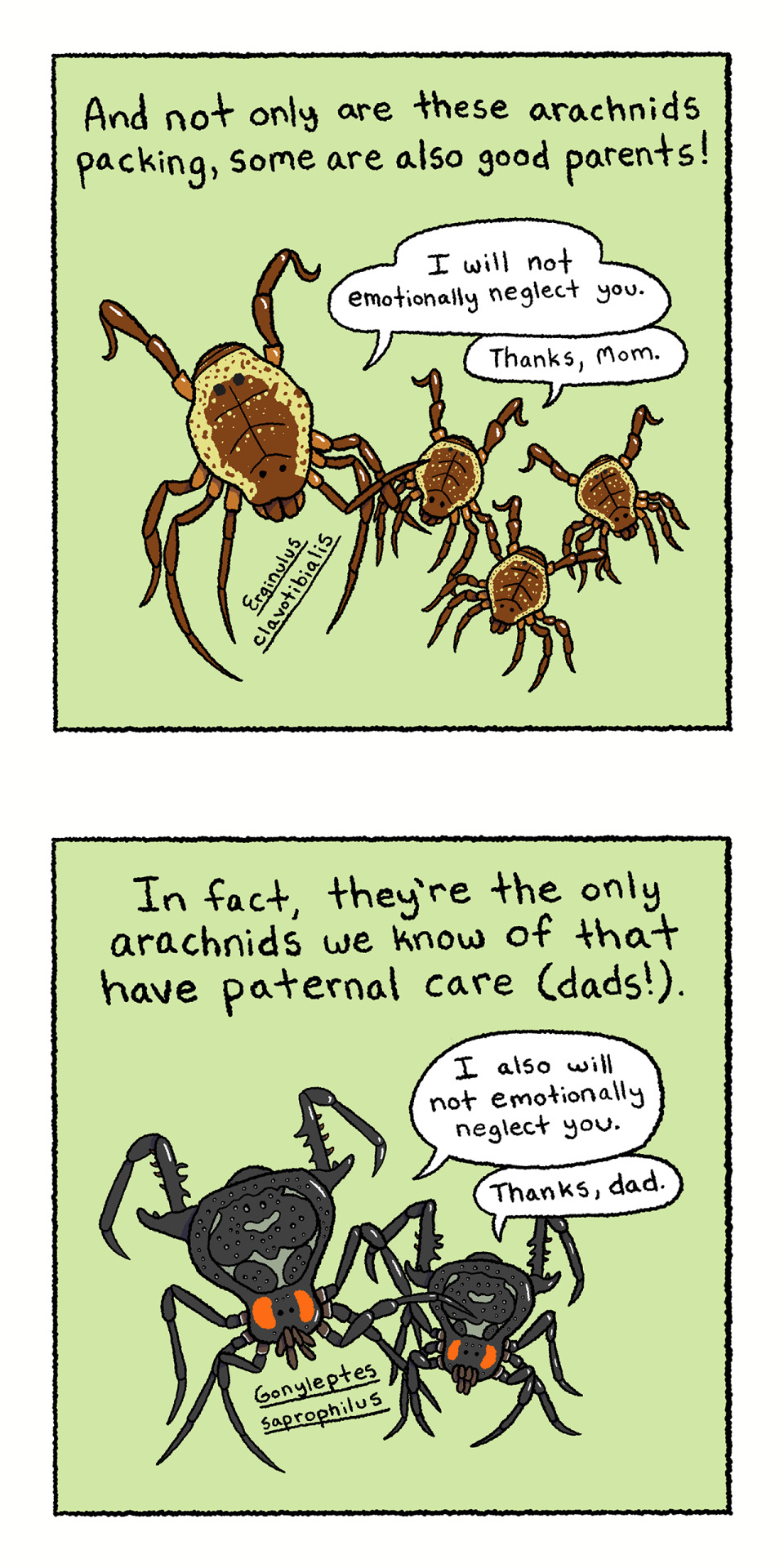
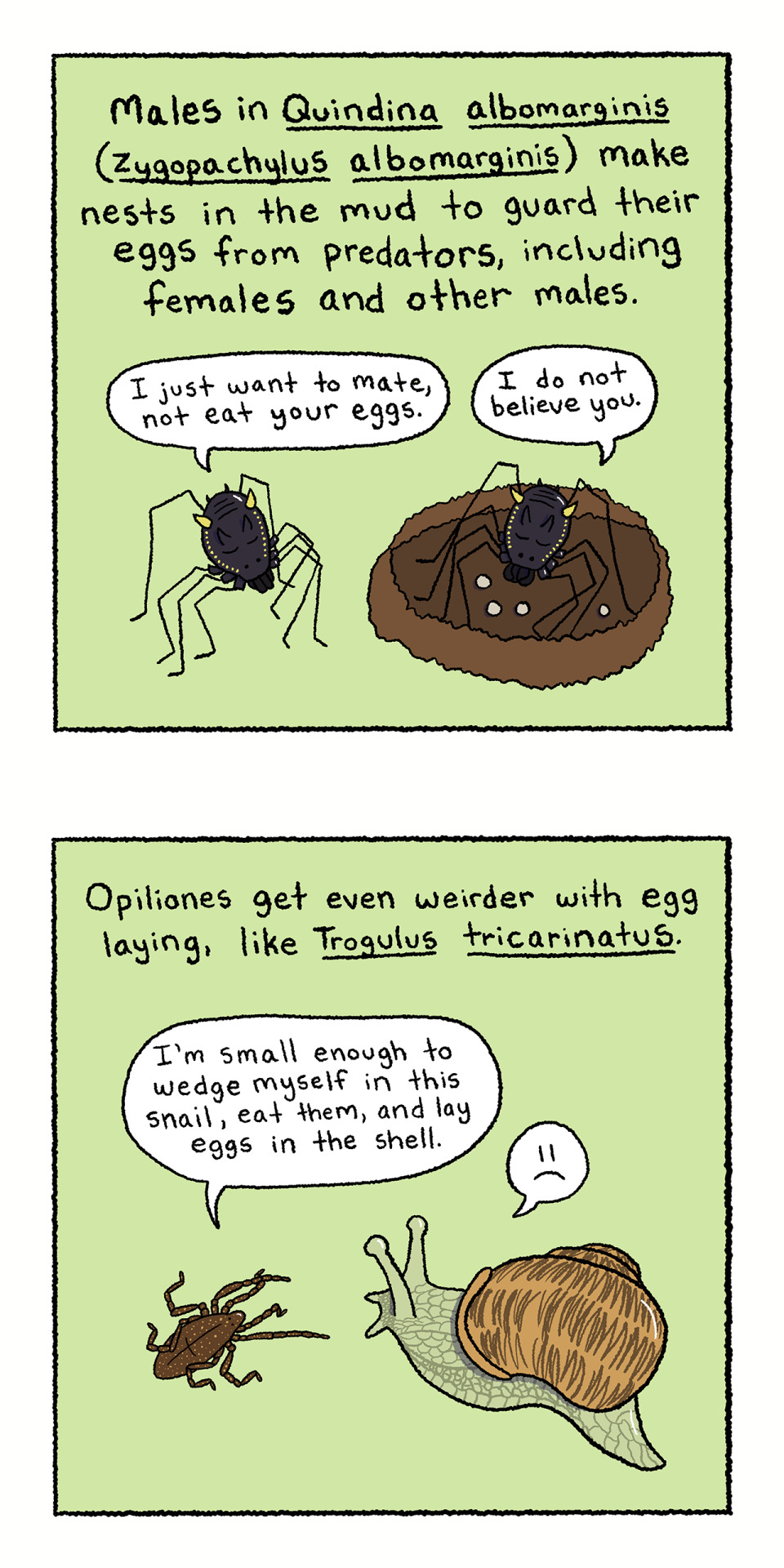
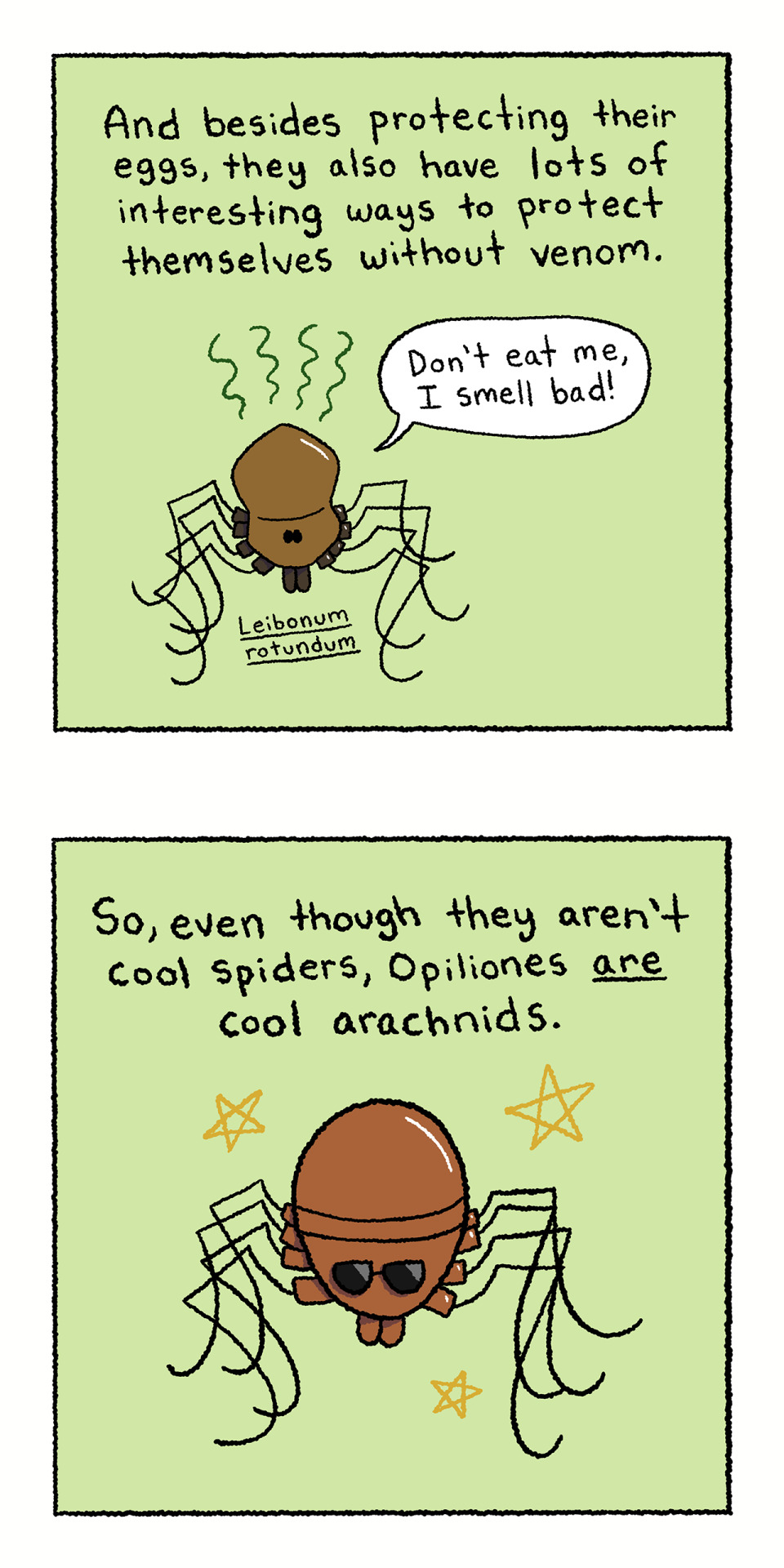
References:
Keep reading
16K notes
·
View notes
Text
Right! Apropos another post, let’s talk about lawn crayfish aka The Lobsters Beneath Our Feet!
This is Craw-Bob. He’s about three and a half inches long.

Long ago, when I had only gardened in the Southeast for a year or two, I saw an interesting hole in a flowerbed. It was rather deep and had a muddy front porch. I gazed into this hole, thinking “Ooh! Is it a rodent? A snake? A toad?”
And then I saw…the Claw.
It was unmistakably a crustacean claw. And it was in a hole in my yard. My terrestrial yard! Why was there a crustacean in my flowerbed?!
I could not have been more astounded if an octopus tentacle had come flopping out. I ran screaming for my husband and the internet, both of whom said “Yeah, that’s a lawn crayfish, they do that.”
And yes. There are about 400 species of crayfish* in North America, and a not inconsiderable number of them are burrowing species. The devil crayfish, which builds little mud towers, ranges from the Rockies to the Atlantic and as far north as Ontario. There are a number of other species as well. Some are limited to stream banks, but many burrow in lawns, flowerbeds, and other places with consistently damp soil, which means that there is a non-zero chance that when you wander around the grass, a tiny lobster is lurking somewhere beneath your feet.
You would think that more people would know this, but at no point in my life had anyone ever mentioned it to me.
Being me, I immediately set out to determine if other people knew about lawn crayfish and I had just somehow missed it. I took an informal poll—by which I mean I accosted random strangers at the farmer’s market, the coffee shop, and my doctor’s office—and discovered a stark divide. Half the people looked at me like I was telling them I’d seen a lawn chupacabra and the other half looked at me like I’d asked if they’d ever heard of squirrels.
It was not divided by social class or education. The farmer with the heirloom breed hogs knew about them, his wife did not. My nurse practitioner first thought I was hallucinating, then went out into the clinic, and began demanding to know if her co-workers had heard of this. My barista was like “Yeah, mudbugs,” but he’s from Florida, so may not count.
My theory is that if you know they’re there, it’s just a fact of life so obvious that you don’t bother to comment on it, and if you don’t—well, why would you ever assume that any given hole in the ground comes from a goddamn MINI LOBSTER? And since they mostly just hang out underground during the day and don’t really hurt anything, it just doesn’t come up very often, until one day you’re at the farmer’s market, just trying to sell some organic tomatoes, and a wild-eyed woman with a Studio Ghibli T-shirt descends on you yelling “Are you aware of lawn crayfish?!”
(Yes, they’re edible, but it’s a lot of work popping them individually out of their burrows.)
During torrential rains, they will often leave their burrows and wander around, which is how I got the photos of Craw-Bob. My hound spotted him in the garden and poked him with her nose, whereupon Craw-Bob poked back. Hound, not sure what was happening but that it was probably bad, began doing her “release the humans!” alarm bark, and I came out to find her toe to toe with a crustacean who was waving its claws and presumably screaming “Come on if you think you’re hard enough!” in Lobster.
Despite their willingness to fight everything, they’re pretty harmless. The most they do is move soil from underground to a little pile above. I’m sure golf courses hate them. Our local county extension office suggests “These nonprolific creatures should be appreciated like an interesting bird or turtle living on the property.” Some, like the Greensboro burrowing crayfish, are so rare they were thought to be extinct until somebody found one in the backyard.
So. Lawn crayfish. They exist! And could be lurking underfoot as we speak!
*or crawfish, depending on where you’re from.
11K notes
·
View notes
Text
🚨 New frog call alert! Thanks to a #FrogID submission from a @bushheritageaus property in Western Australia, our #FrogID database now includes the "squelchy fart" call of the Southern Sandhill Frog (Arenophryne xiphorhyncha) – a call previously unknown to science!
Found only from arid coastal sand dunes, south of Shark Bay, this record of the Southern Sandhill Frog is the 211th species to be added to the national FrogID database.
There are still frog calls out there yet to record and discover. Keep your FrogID app handy and help improve our understanding of Aussie frogs!
Image and audio: Sam Fischer, Bush Heritage Australia.
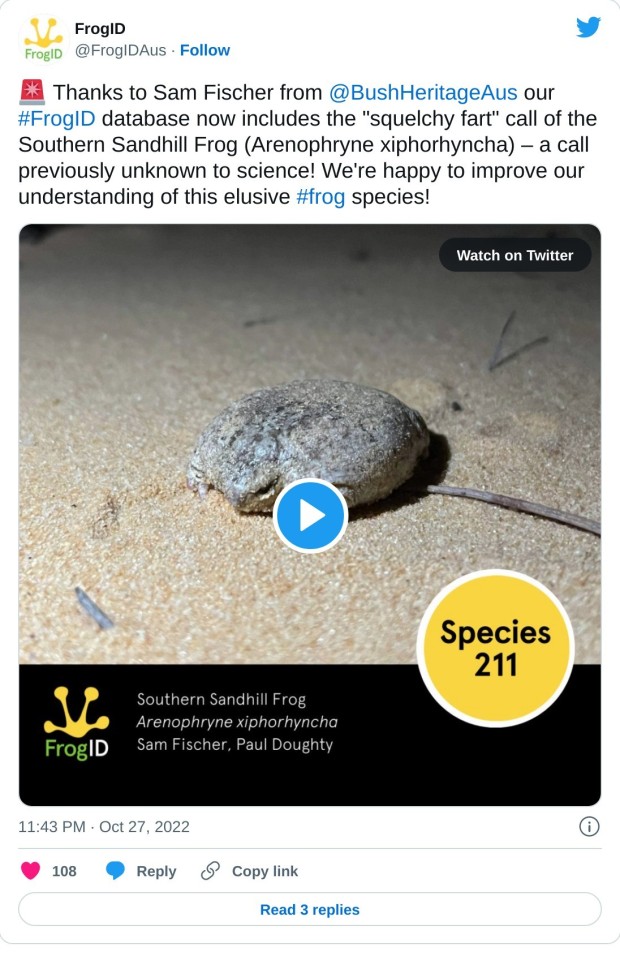
#frogfriday #citscioz #wildoz
instagram
1K notes
·
View notes
Text

They're having fun! The bumblebees are having fun!
#bees#insect#Hymenoptera#bug#stinging insect#pollinator#arthropod#invertebrate#animal behavior#science
85K notes
·
View notes
Note
This is the kind of mantis that makes it visually clear how closely related they are to cockroaches.
Take off the mantis head and raptorial legs and that is a shiny cockroach.
The Metallyticus Splendidus Mantis is really pretty
I have to say, the name definitely suits them. They’re amazing, nature is amazing 😍 (X)
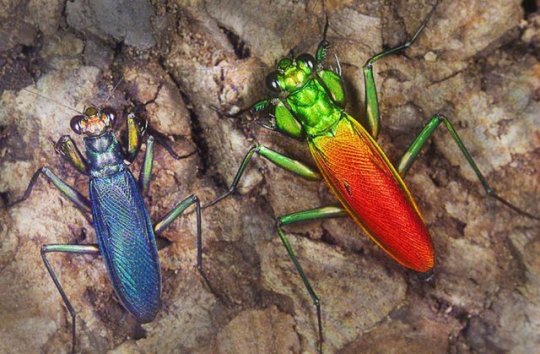
646 notes
·
View notes
Text

Lelwel hartebeest (Alcelaphus buselaphus lelwel)
@ Jacob Cutts
3K notes
·
View notes
Text
I can’t believe you didn’t even include a picture of The Best stick insect eggs (courtesy of Tirachoidea cantori)
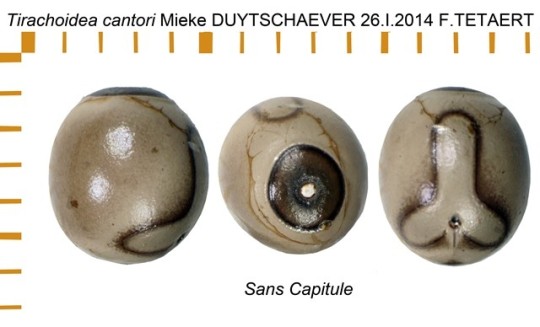
So apparently i had to find out by accident today that stickbug eggs look like tiny pots and they hatch out by opening the lids and crawling out
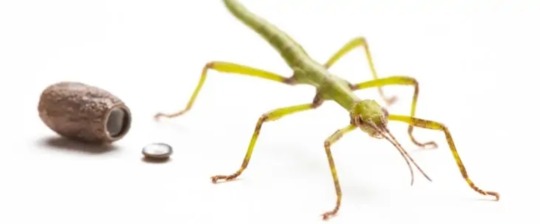
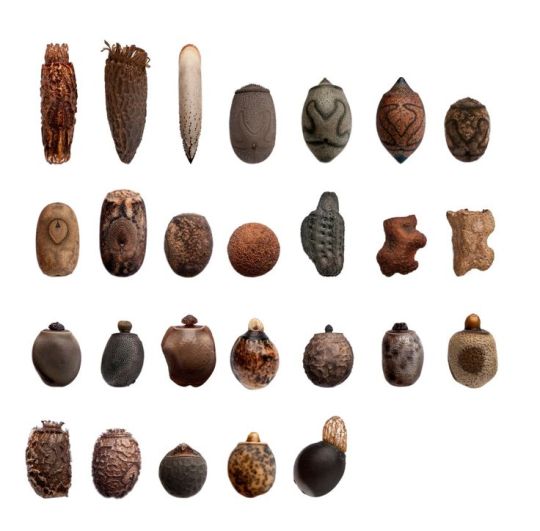
#insect#arthropod#plasmid#stick bug#stick insect#bugs#crustacea#kinda nsfw#funny#biology shenanigans
52K notes
·
View notes